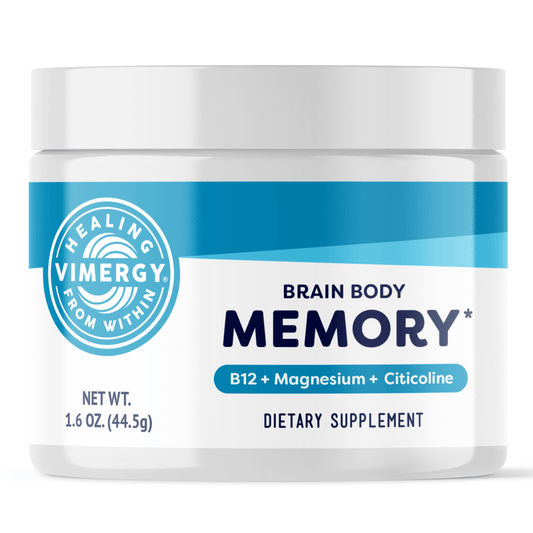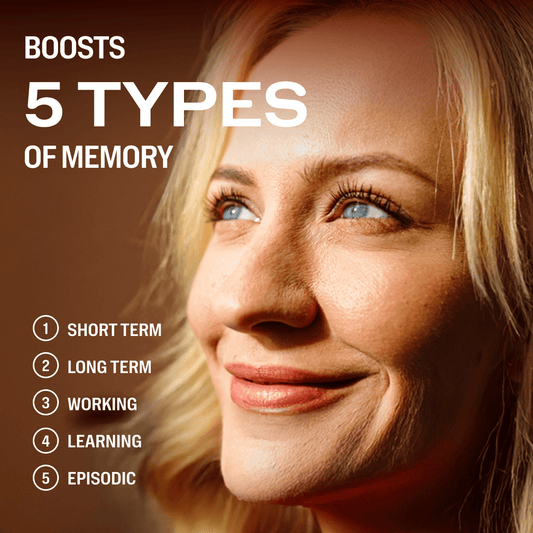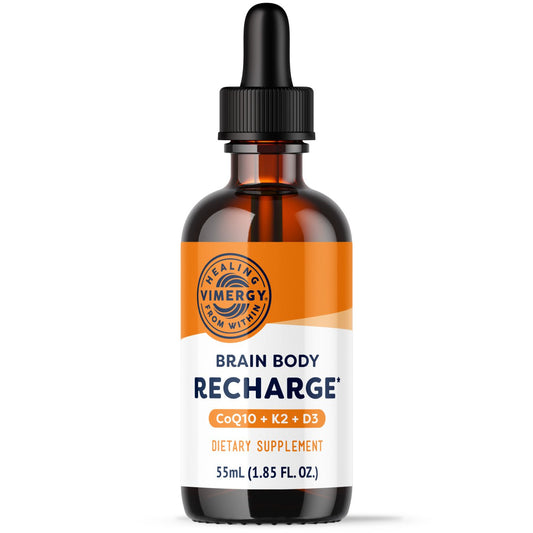It’s Almost Daylight Savings Time: Tips to Maintain Your Healthy Sleep Routine
As daylight savings time approaches on November 3, many of us prepare for the annual ritual of adjusting our clocks. But time change can disrupt our sleep routines, leaving us feeling out of sync. Do you lose sleep during daylight savings time? If so, you’re not alone! Many people experience challenges as their internal clocks struggle to adapt.
Fortunately, there are strategies you can implement to ease this transition and keep your sleep routine intact.
Understanding the Impact of Daylight Savings Time on Sleep
The change in time can lead to issues with sleep routines, disrupting your natural circadian rhythm. As the clocks spring forward or fall back, your body must adjust to a new schedule, which can affect the quality and quantity of your sleep. Many people report difficulty falling asleep or waking up during this time, leading to feelings of fatigue throughout the day.
To counteract these effects, it’s essential to prioritize your sleep health as daylight savings time approaches.
Tips for Maintaining Healthy Sleep Routines for Adults
Gradually Adjust Your Sleep Schedule: In the days leading up to the time change, consider shifting your bedtime and wake-up time by 15-30 minutes each day. This gradual adjustment can help your body adjust more comfortably to the new schedule.
Create a Relaxing Bedtime Ritual: Establish a calming pre-sleep routine to signal to your body that it’s time to wind down. This could include reading, gentle stretching, or meditating to promote relaxation and prepare for restful sleep.
Limit Screen Time Before Bed: The blue light emitted from screens can interfere with melatonin production, making it harder to fall asleep. Aim to turn off electronic devices at least an hour before bed to support your body’s natural sleep signals. Most smartphones have alarms or reminders built-in—use them to your sleep advantage to remind you to put your phone away.
Promote a Sleep-Conducive Environment: Ensure your bedroom is a restful haven. Keep the room cool, dark, and quiet. Consider using blackout curtains or a white noise machine to create an optimal sleeping environment.
Incorporate Vimergy Restful You*: As part of your healthy sleep routine, consider incorporating Restful You*, our liquid melatonin supplement. Unlike traditional capsules, which often come in fixed servings like 5mg or 10mg, Restful You* allows you to customize your serving size to what feels right for your body.1* This flexibility is especially beneficial for those who may find standard servings too strong or too weak. With Restful You*, you can take control of your sleep support by adjusting the serving to match your unique needs.
Dealing with Specific Sleep Disruptions
Support Your Mood with 5-HTP
Vimergy 5-HTP capsules can help fortify your overall mood and support sleep quality.* As a precursor to serotonin and melatonin, 5-HTP may help balance your sleep cycle, promoting a more restful night.
Soothe Restless Minds with GABA and Magnesium
For those struggling with a restless mind, Vimergy GABA with Magnesium capsules can help calm the nervous system and support relaxation.* This complementary blend works to counteract excess brain stimulation, making it easier to drift off to sleep.
Embrace the Change
Daylight savings time doesn’t have to be a cause for concern when it comes to your sleep routine. By implementing these tips and utilizing Vimergy sleep-supporting products like Restful You*, 5-HTP, and GABA with Magnesium, you can support your body in making a smooth transition. With a little preparation and the right support, you can maintain a healthy sleep routine and wake up feeling refreshed and ready to take on the day.
*Do not exceed serving size.
*These statements have not been evaluated by the Food and Drug Administration. This product is not intended to diagnose, treat, cure, or prevent any disease. The health information on this site is provided as an information resource only, and is not to be used or relied on for any diagnostic or treatment purposes. This information is not intended to be patient education, does not create any patient-physician relationship, and should not be used as a substitute for professional diagnosis and treatment.
























